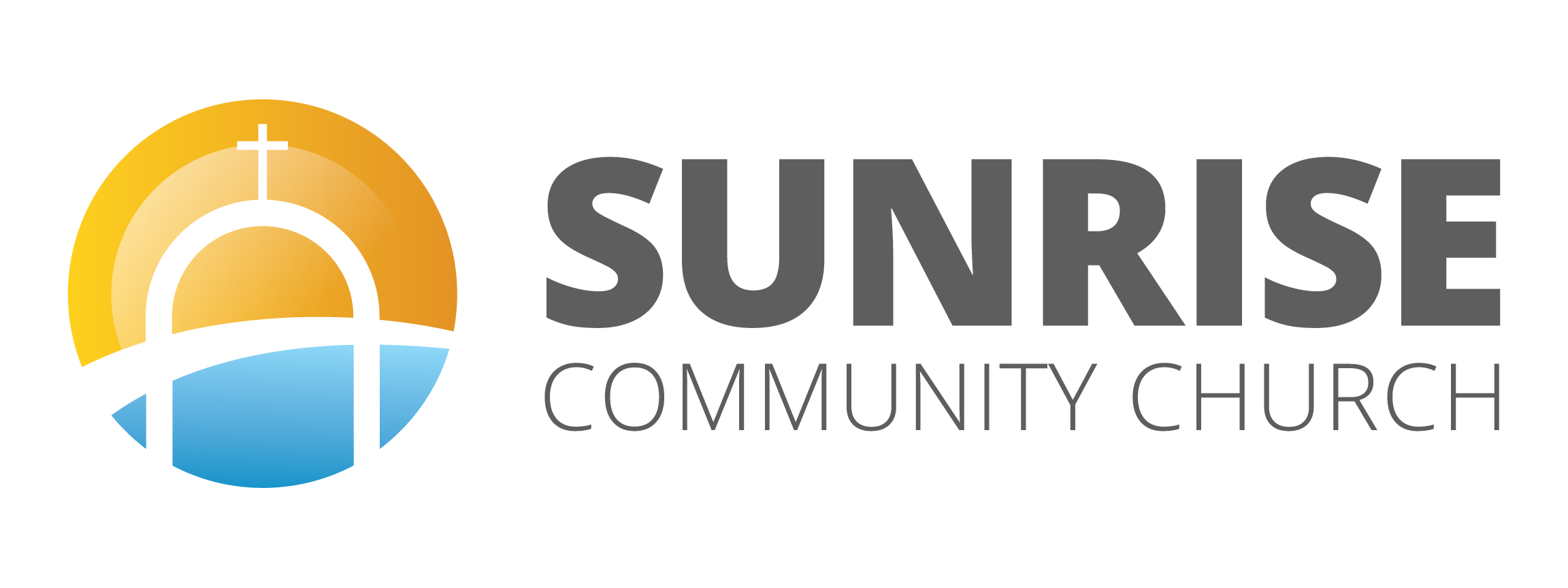LABYRINTH


WHAT IS A LABYRINTH?
A labyrinth is simply a place to walk and pray. Christians have walked the labyrinth for centuries as a meditative prayer tool. A labyrinth contains a single walking path to the center and then back out again. It has many turns but, unlike a maze, does not have dead ends, wrong turns, or confusion. While a maze is designed to mislead and confuse you, a labyrinth is designed to lead you directly to the center in a peaceful way that aids in reflective contemplation and “centering” of the mind and soul.
Labyrinths come in a variety of forms: canvas labyrinths like ours can be walked indoors, there are outside labyrinths on grass, dirt, tile, or a stone-laid path. There are also finger labyrinths and even an online labyrinth. Labyrinths have a long history, both inside and outside the church, and can be found all around the world. In Christian usage, the purpose of the labyrinth is personal and spiritual transformation.
Labyrinths can be found in many cathedrals, churches, hospitals, gardens, and other public places. The Chartres Labyrinth pattern (the most popular pattern, and the one we are using) was originally designed in the early 1200s on the floor of the Chartres Cathedral in Chartres, France. During the Crusades, it was not safe for Christians to make the traditional pilgrimage to the Holy Land; The Labyrinth provided a path for them to take a pilgrimage to the Holy Space within them where God’s Spirit dwells. It became a path of prayer and inner transformation. Today, people use the labyrinth as an oasis for the spirit and as a path of prayer.
BENEFITS
Walking a labyrinth triggers a relaxation response, displacing stress and anxiety and replacing it with peace. As you fall into a rhythm of walking, your heart rate slows, your breathing deepens, your blood pressure drops, and physical pain may even subside.
Following this winding path, and trusting that it will bring you to the center and back out again allows you to walk without concern – you get to shut off the navigational part of your brain and just walk. There’s a wonderful, peaceful simplicity in following the trusted path.
WALKING THE LABYRINTH
There is no right or wrong way to use the labyrinth. It is simply a tool to help you communicate with God in a reflective and meditative way. There are many approaches to the labyrinth. You may choose a particular intention, or have a certain question to ask God, or a need you ask for God to meet as you walk.
PREPARE. Before entering the path, pause to center yourself and acknowledge the presence of the Holy Spirit, then ask God to speak to you or give you clarity or to hear your prayer.
RELEASE. As you walk inward, allow your heart, mind, and spirit to unwind. Release whatever you may be holding onto that's blocking your relationship with God. Release your fears, anxiety, unforgiveness.
RECEIVE. When you reach the center, listen for what God has to say to you. Be open and ready to receive whatever it may be.
RETURN. To exit the labyrinth, use the same pathway by which you came in. On the journey back out, reflect on any insight or inspiration you may have received from God and ask Him to help you integrate this into your life.
Don't worry if you did not receive any earth-shattering revelations. The labyrinth is not a magical solution or a formula that guarantees a word from the Lord. But be prepared for God to continue working in your heart even after you leave. You have created space for Him to speak, and you've quieted your mind; this can have a lasting effect and God may yet speak.

